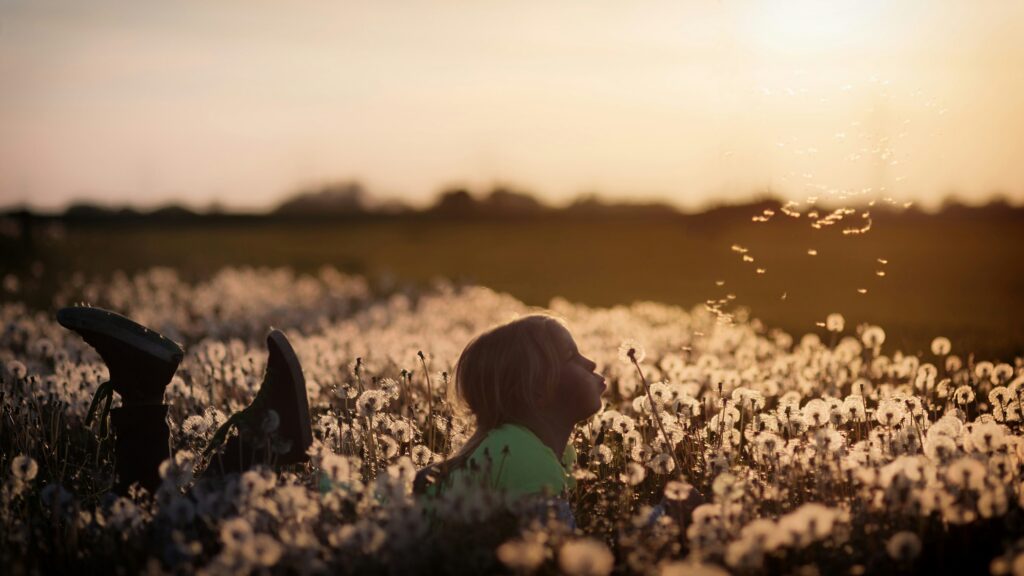Last Updated on December 20, 2023
All animal species differ in terms of mating rituals, and this puts up quite powerful barriers to reproduction, or what is known as sexual or behavioral isolation.
Definition of Behavioral Isolation
Behavioral isolation refers to the isolation of apparently similar species in most of the different groups in the animal kingdom.
Females and males in the dioecious species have to look for a partner, be close to each other, perform complex rituals of mating, and finally release their gametes to the environment or copulate for breeding purposes.
Behavioral isolation is defined as what happens when different species become reproductively isolated from other species because of their differences in behavior. This is nature’s way of preventing the interbreeding of various species – using their behavioral differences.
This behavioral isolation includes numerous situations like two species that have different kinds of mating rituals such as auditory signals and dance or two different species that evolve in varied ecological areas.
These differences are called prezygotic barriers or reproductive barriers that help drive the process of evolution forward.
Reproductive barriers are the barriers that stop mating from the get-go in contrast to postzygotic barriers that take place after the mating occurs, preventing the viability of future offspring. These barriers hinder the successful copulation of female and male organisms that often lead to reproduction.
Behavioral isolation is what serves as the prezygotic barrier that passively discourages the drive of two organisms to reproduce with each other instead of other mating prospects that are more behaviorally attractive.
If these barriers didn’t naturally exist, species would have the possibility to relapse evolutionarily, failing to continue the speciation process or the formation of distinct and new species.

Examples of Behavioral Isolation
Examples of behavioral isolation can manifest from an extensive variety of several behaviors of different organisms. Such behaviors that are mainly used to attract and copulate with other members of their species can result in a species’ isolation from other organisms that are biologically compatible mainly because they are not attracted to the mating signals of each other.
This absence of attraction to the mating signals of another can lead to the behavioral isolation of the two instead of something that is more tangible – like geographic isolation. The following are good examples of these mating signals:
- Auditory cues such as humming, clicking, chirping, and others
- Chemical signals such as releasing pheromones or other smells
- Kinetic cues like playing, dancing, and others
- Visual signals such as colorful physical features, flashing of lights, and others
When a whale or dolphin, for example, is searching for a potential mate that they can reproduce with, these animals often utilize an auditory signal to increase their chances of attracting a prospective mate.
It is not a secret that dolphins produce clicking or whistling sounds to draw in and communicate with potential partners. On the other hand, whales also have their distinct underwaters sounds interpreted as their way of singing to each other to lure prospective mates.
These auditory signals are unique to each species and don’t attract members of other species or organisms that are separated through the so-called behavioral isolation.








